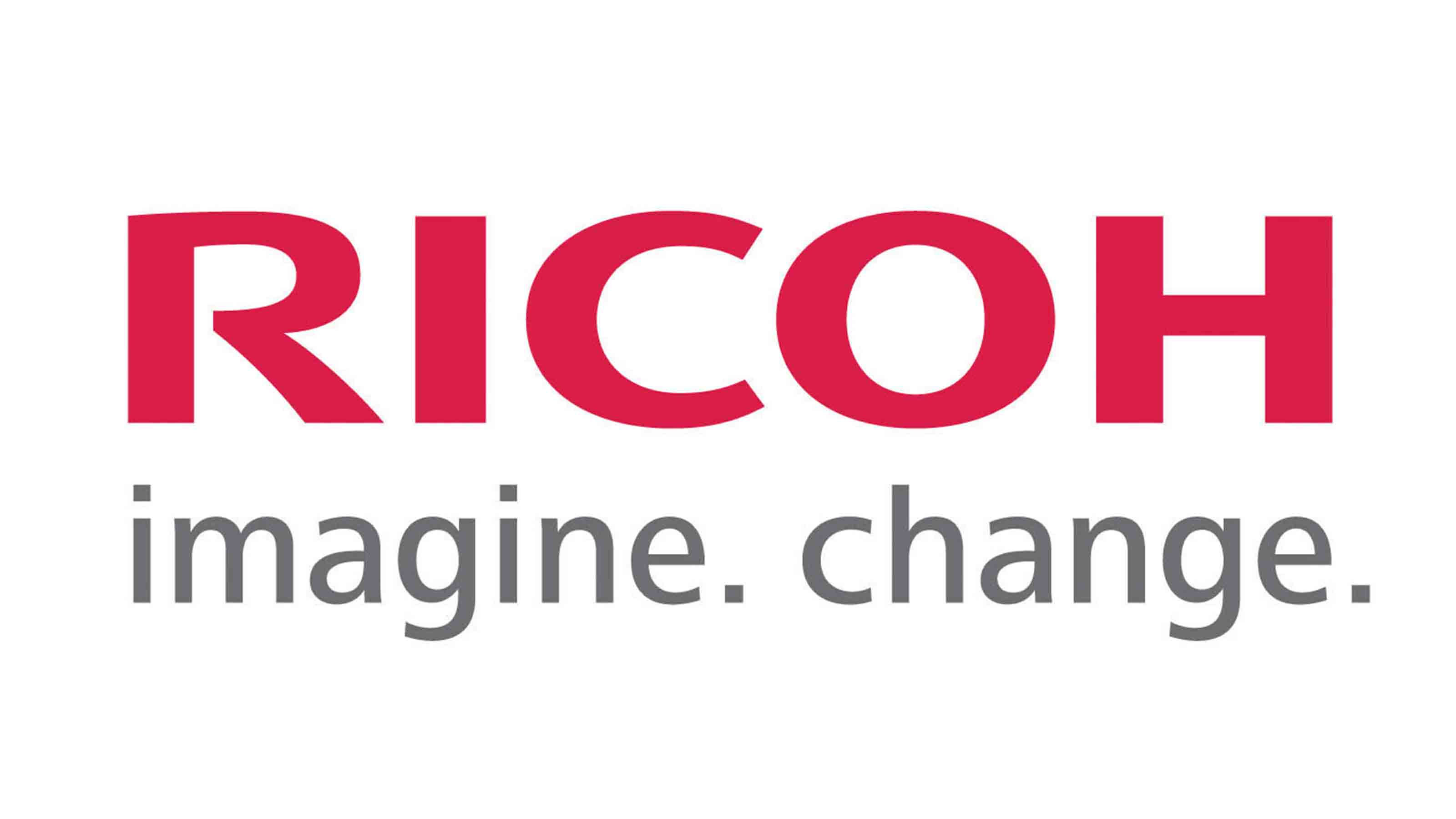Scala Presents Digital Signage Checklist
Follow us
Add us as a preferred source on Google
- Checklist Reviews Essential Criteria to Use When Evaluating Digital Signage Systems
- EXTON, PA—Digital signage is much more than just electronic billboards or posters. When done properly, it combines content from virtually any source to connect to a wide variety of displays for a highly impactful interactive communications experience. Digital signage can inform and influence audiences to promote products, provide directions, explain corporate benefits, reinforce branding, manage key performance indicators and much more.
- "We frequently receive requests for assistance from organizations looking to educate themselves on the important considerations to use in evaluating digital signage systems," said Clive Fort, director of product management at Scala. "The Digital Signage Checklist provides a great starting point for organizations new to digital signage, whether they are looking to deploy a small number of displays or thousands of screens around the world."
- The Digital Signage Checklist recommends organizations examine the following criteria when evaluating digital signage systems:
- - Easy to Start with a Pilot. Digital signage pilot deployments are essential for learning. Conduct a pilot with the goal to determine how best to bring your viewers along with an experience that will excite them. The only limits to your system should be your imagination.
- - Simple to Use Out of the Box or Infinitely Customizable. One way your digital signage software can help you get started quickly is to have out of the box capabilities that address 95 percent or more of your needs. But at the same time, not require sacrificing the ability to customize your digital signage so you deliver the exact user experience you want.
- - Intuitive Templates, Web-based Interface. Look for digital signage software that includes content creation tools and easy-to-use templates - delivered in a way that balances sophisticated capabilities and simplicity from any standard web browser.
- - Software as a Service (SaaS). Look for a digital signage system that includes a SaaS option, which will allow you to access your content management system via the Internet. This approach can help lower up-front costs and reduce support requirements from your IT department.
- - Central Management. Digital signage software should relay all information for the displays through a single database delivered over the Web. This will make multi-location adjustments a breeze. The software also needs to allow for constant and instant display updates across all locations in a network.
- - Connecting with Virtually Any Data Source. By automating your data sources, your digital signage system can continuously pull new data from multiple sources your company has already invested in, such as Salesforce.com or ERP systems, to make your signs dynamic. This way the information becomes meaningful and is delivered in a timely fashion.
- - Content Scheduling. Look to be sure you can control the timing of viewer schedules throughout the network. You don't want your content to go stale and micro-scheduling your displays can help keep things fresh for your audience.
- - Stable, Proven Platform. As you gain experience with digital signage, you may want to grow your network from a handful of displays to perhaps hundreds or even thousands of displays. Be sure your system has proven to be robust and scalable, and can reliably perform across your network.
- - Measurement. Your digital signage system needs to be able to tell you what content was played, and where and when it played - and be able to do this across large-scale deployments. Only then, can you gain the confidence that your system is delivering promised reliability.
- - Mobility. Connecting digital signage with mobility provides an opportunity to improve an end user's experience in every interaction. For example, QR codes have been among the most popular integration points when it comes to using mobile technology and digital signage, allowing people to scan a QR code from a screen to download additional content. This can allow a viewer to still receive important information even after walking away from a communications terminal.
- - Kiosks. Self-service has become part of the user experience in a growing number of environments, particularly retail and banks. Many people find the kiosk experience provides faster, easier and more accurate service, making kiosk integration important.
- - Social Media. Another emerging trend is the connectivity of social media with digital signage. Customers and employees are on the Web talking about the brands important to them - and digital signage needs to connect to social media to engage with them.
- - Advanced Analytics. Especially in retail environments, the ability to combine digital signage systems with advanced analytics can turn intelligence into action. For example, advanced analytics software can examine your transactional business data to identify multi-variant, non-linear patterns that create non-obvious profiles on customers and products, allowing you to accurately anticipate and predict future purchasing behavior. Using digital signage software, you can program your system to automatically target the ideal message to the right customer at the precise time in the perfect place to optimize business performance.
- - Dynamically Change Content. Digital signage software should allow you to make content changes quickly. Digital signage software needs to make it easy to automate product and price changes in your signage that address-changing elements, such as inventory, weather and other relevant factors. This approach will ensure that existing content is updated instantaneously, avoiding the time and expense of recreating an entire piece of content.
scn Newsletter
A daily selection of the top stories for AV integrators, resellers and consultants. Sign up below.
TOPICS
The AVNetwork staff are storytellers focused on the professional audiovisual and technology industry. Their mission is to keep readers up-to-date on the latest AV/IT industry and product news, emerging trends, and inspiring installations.
